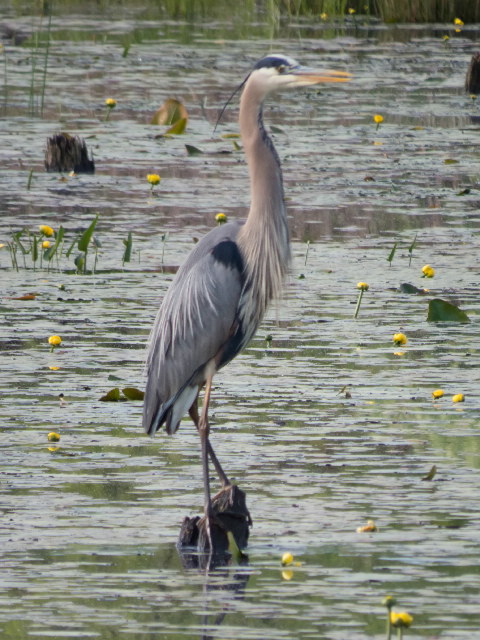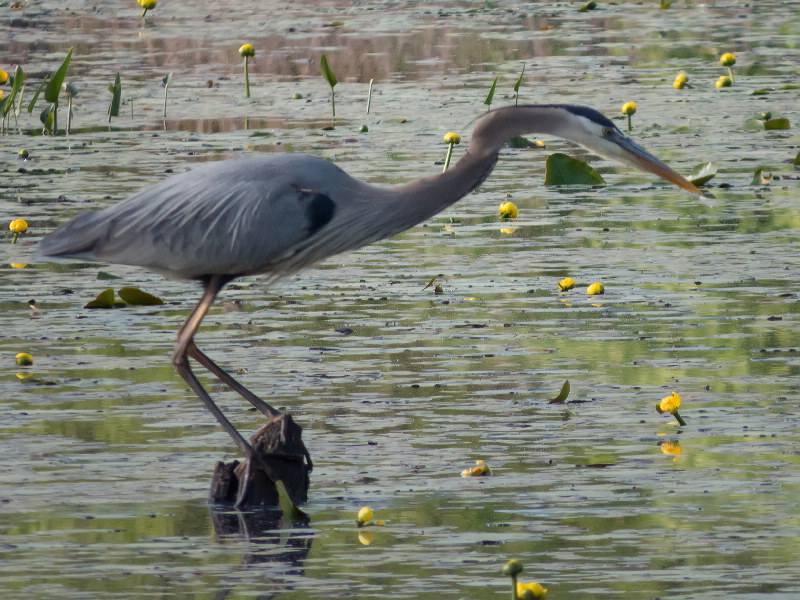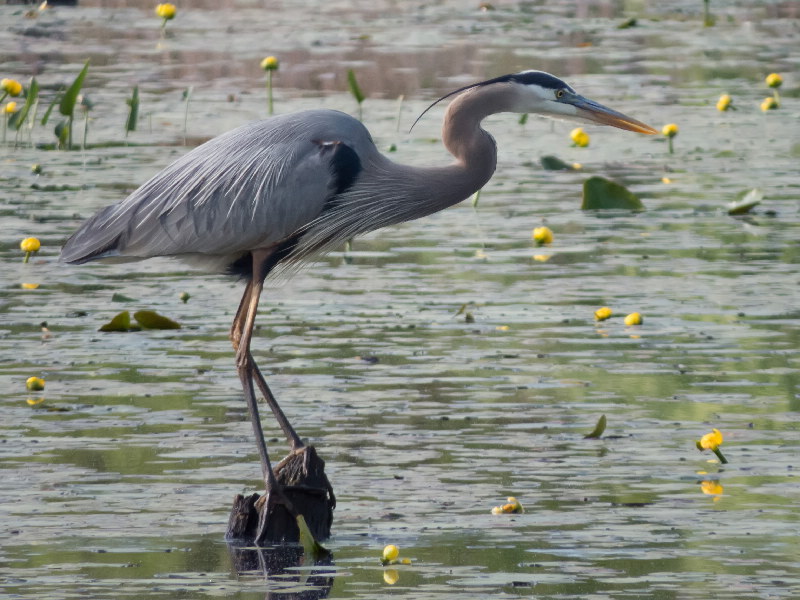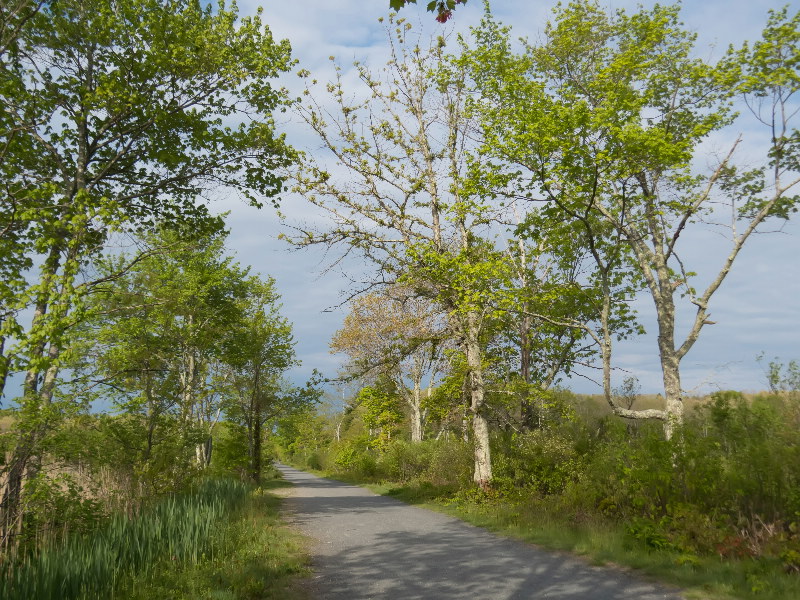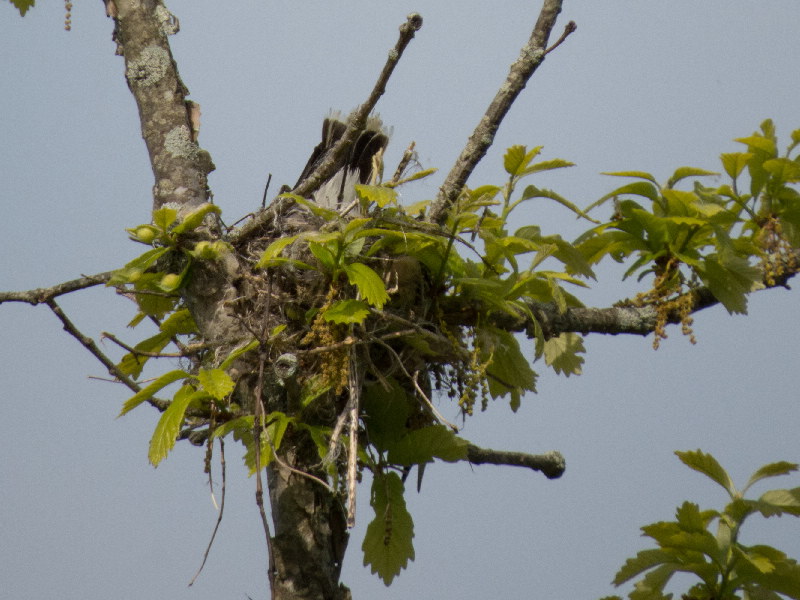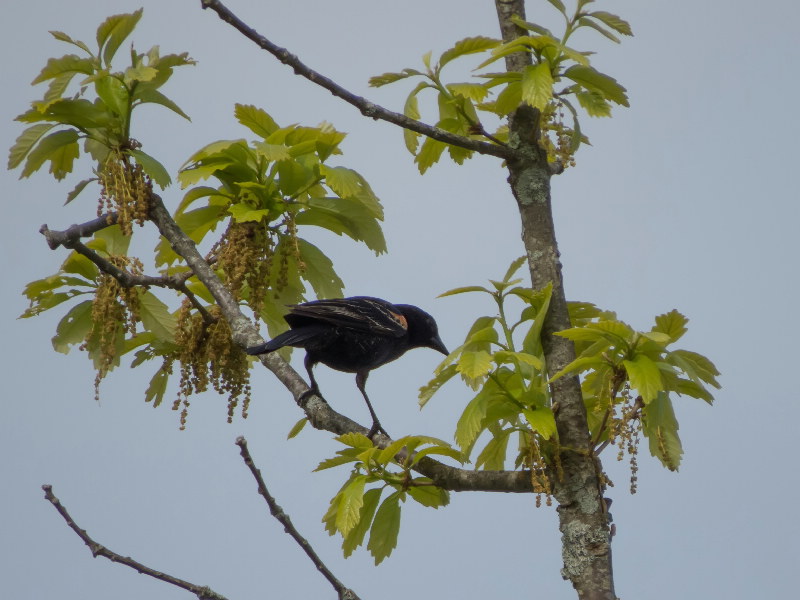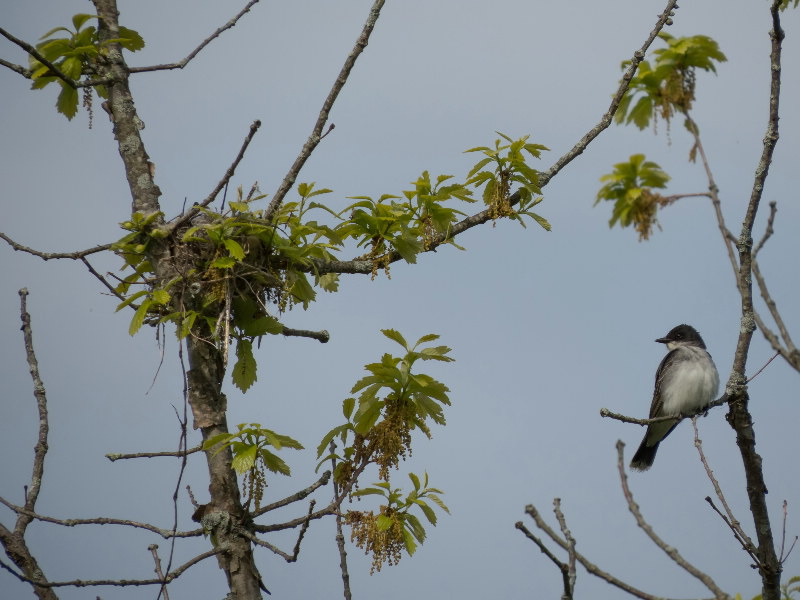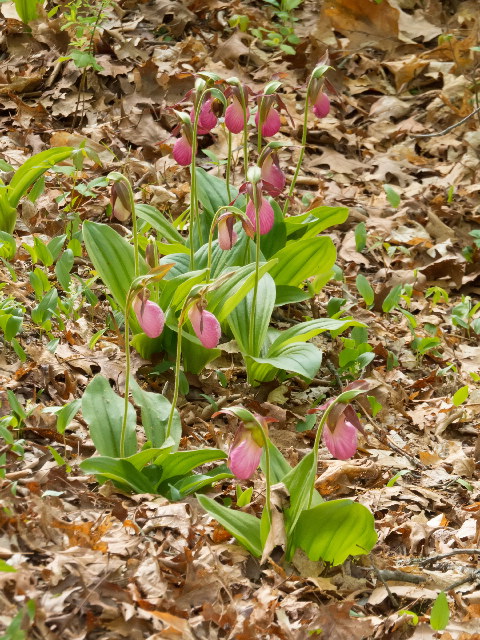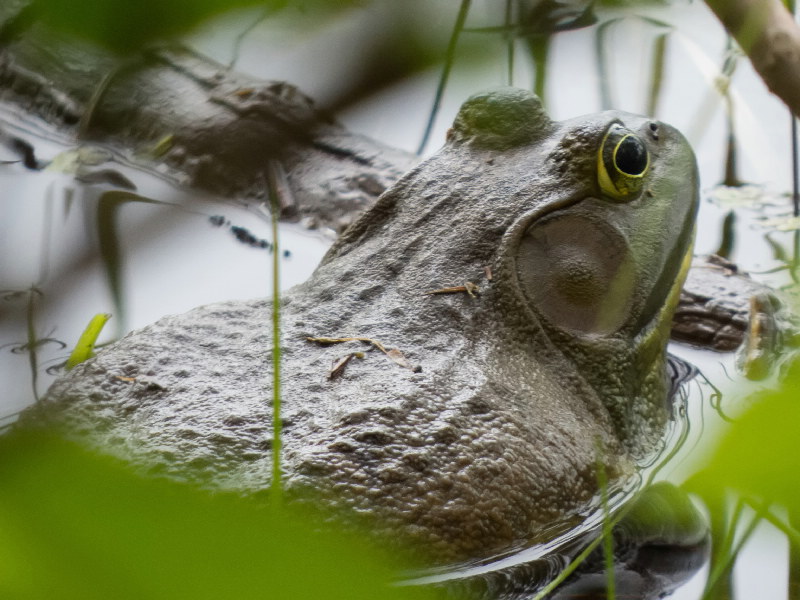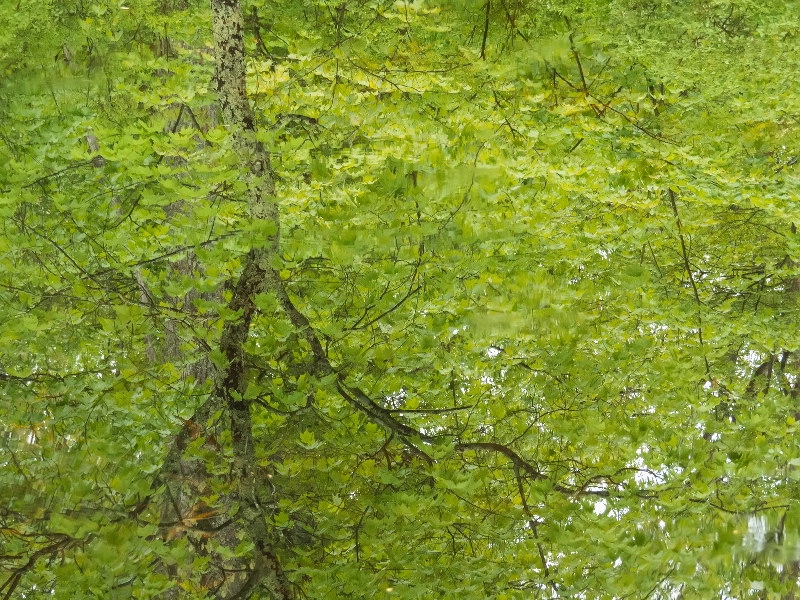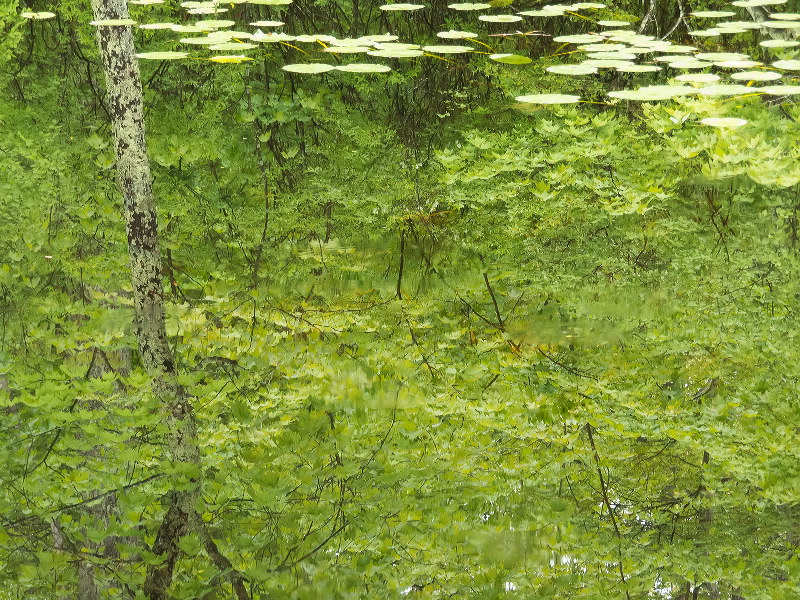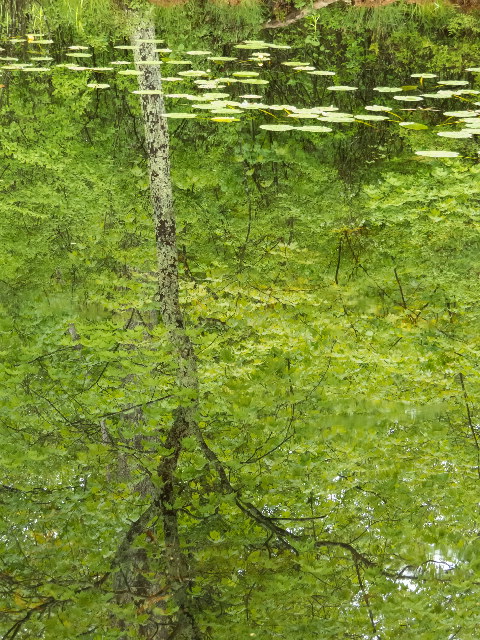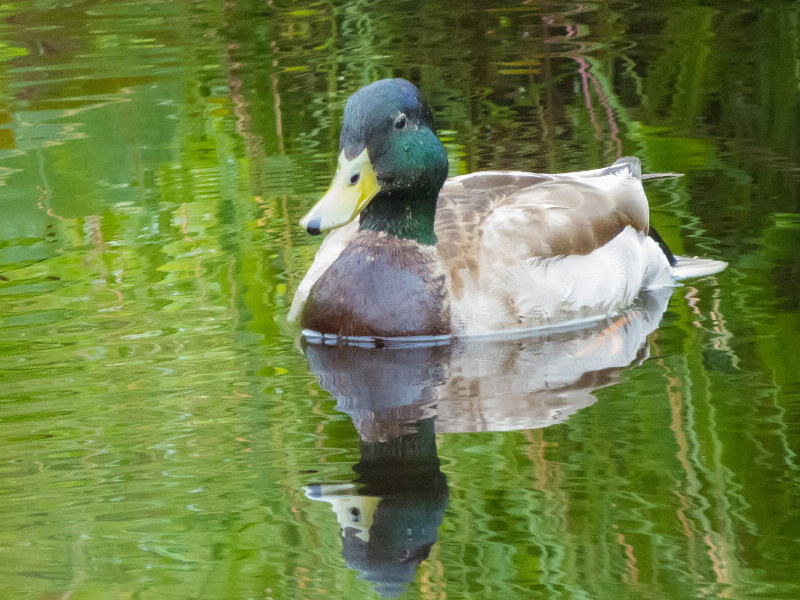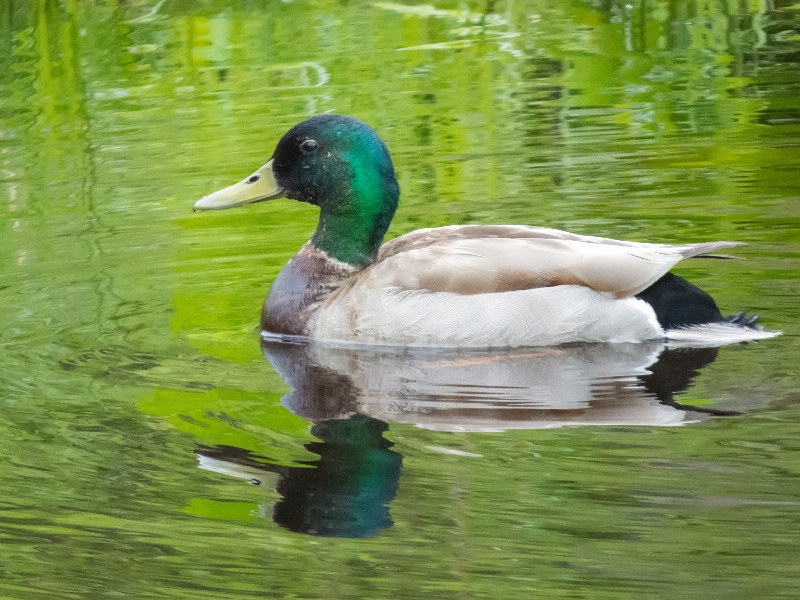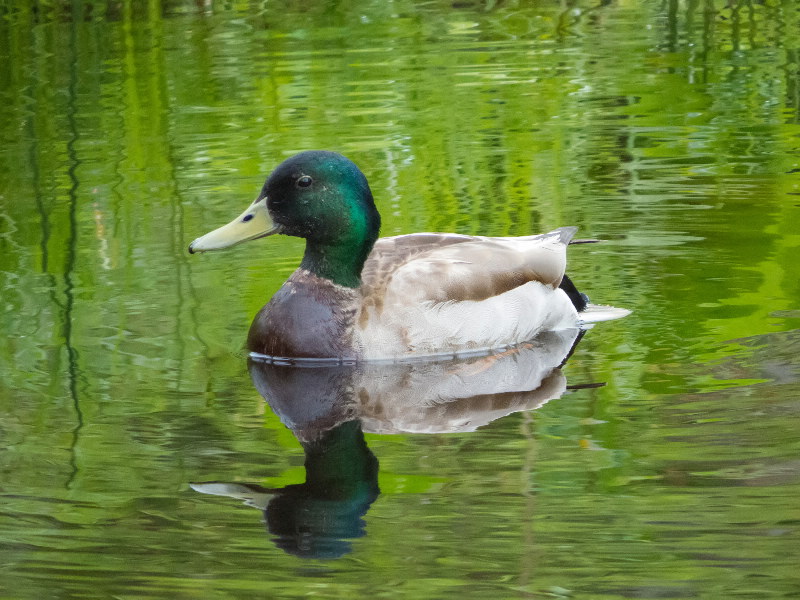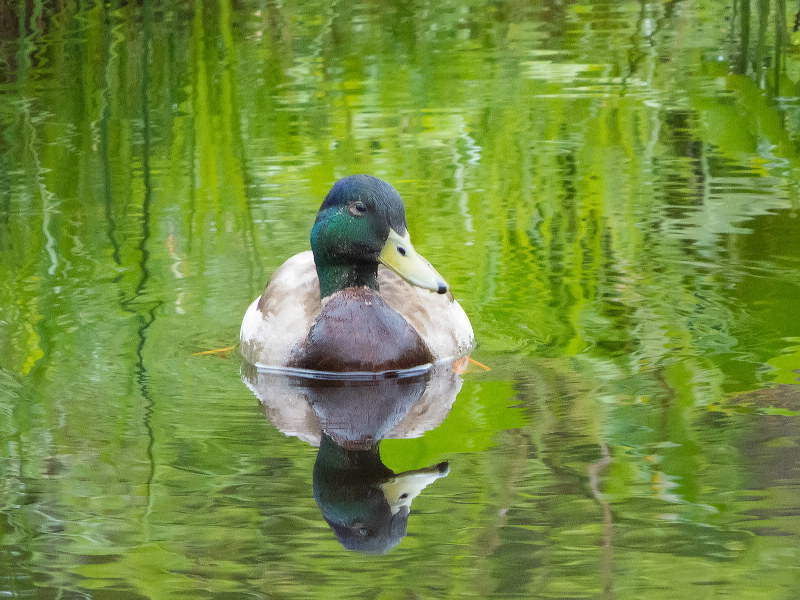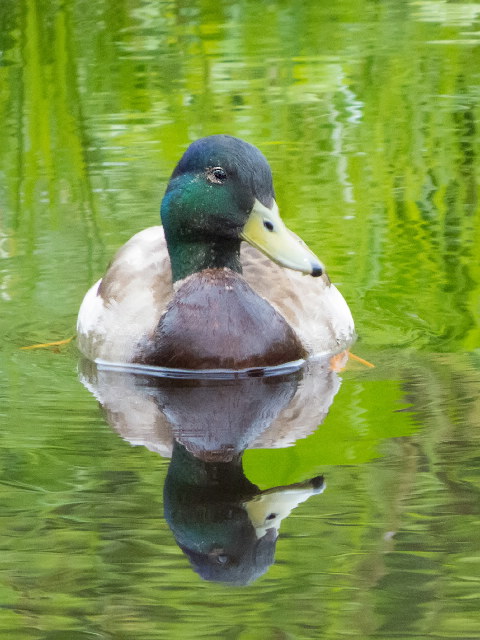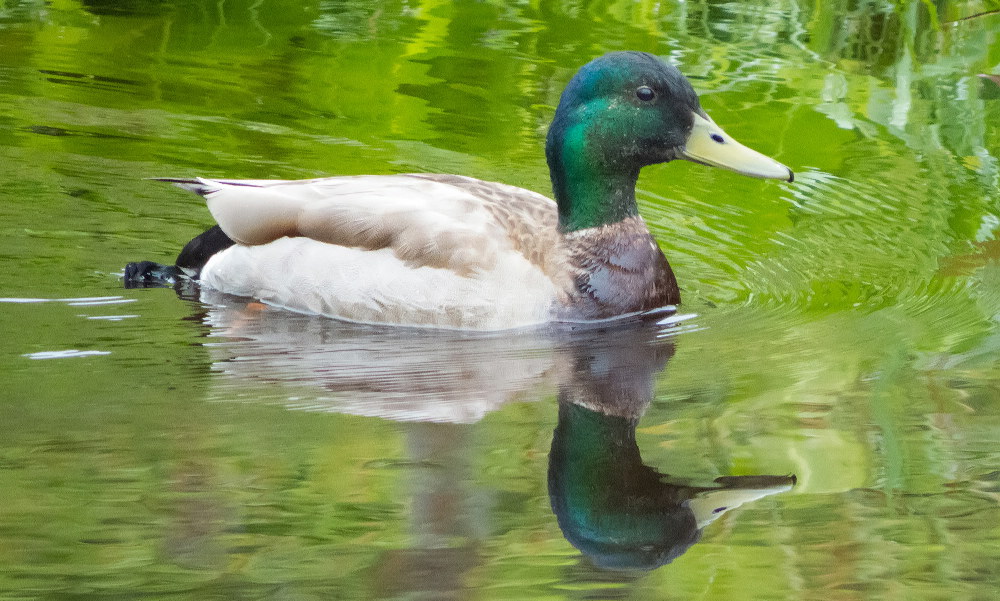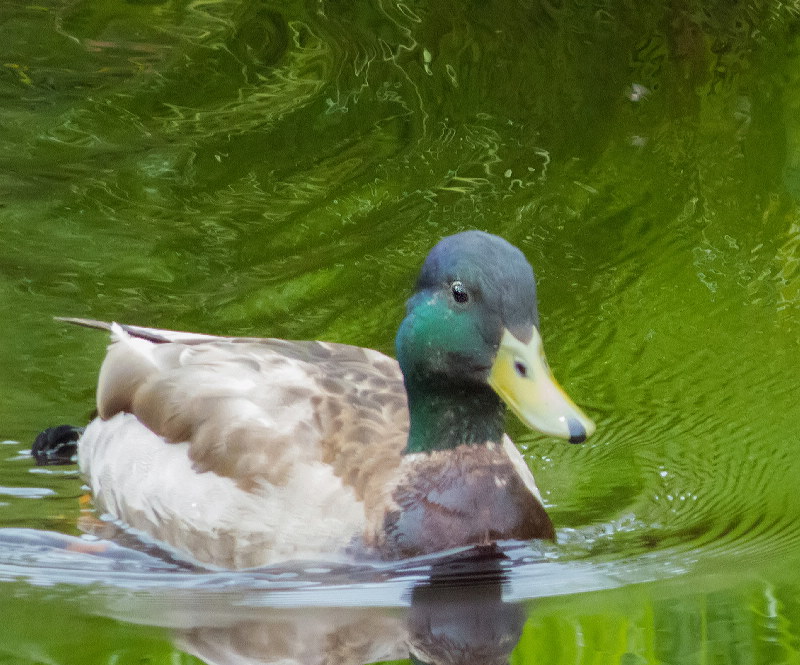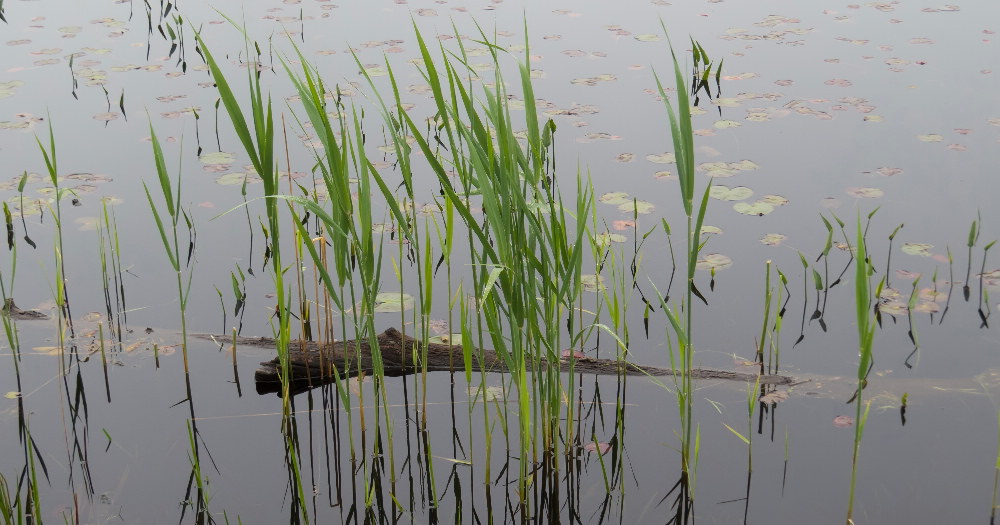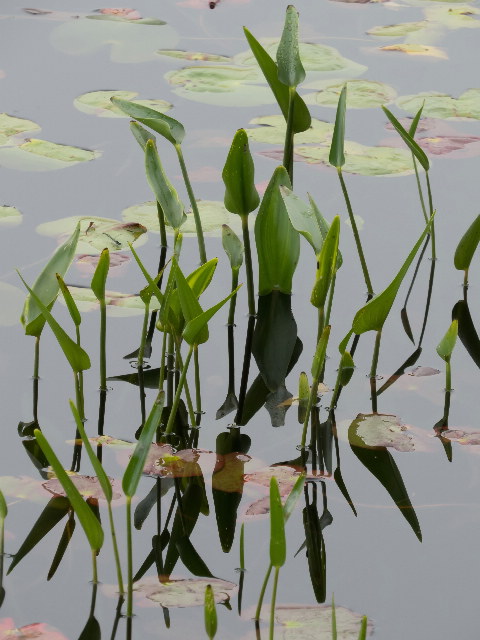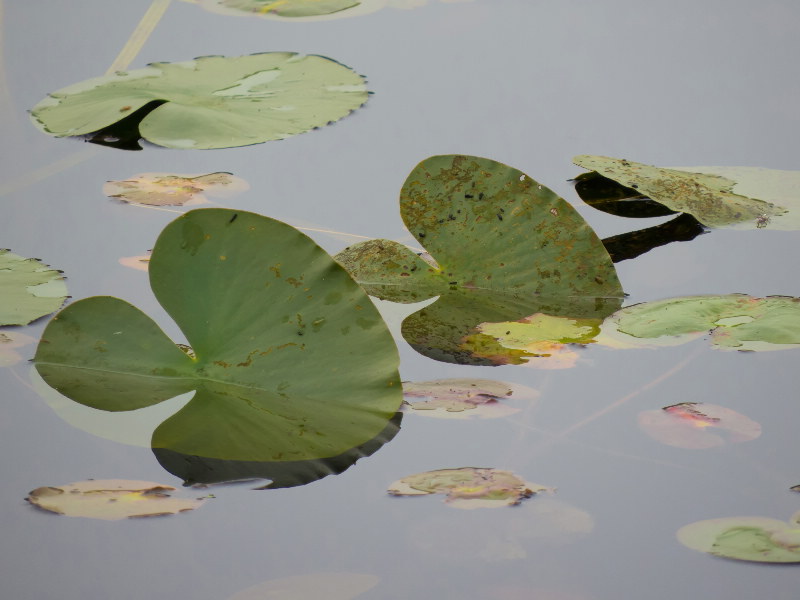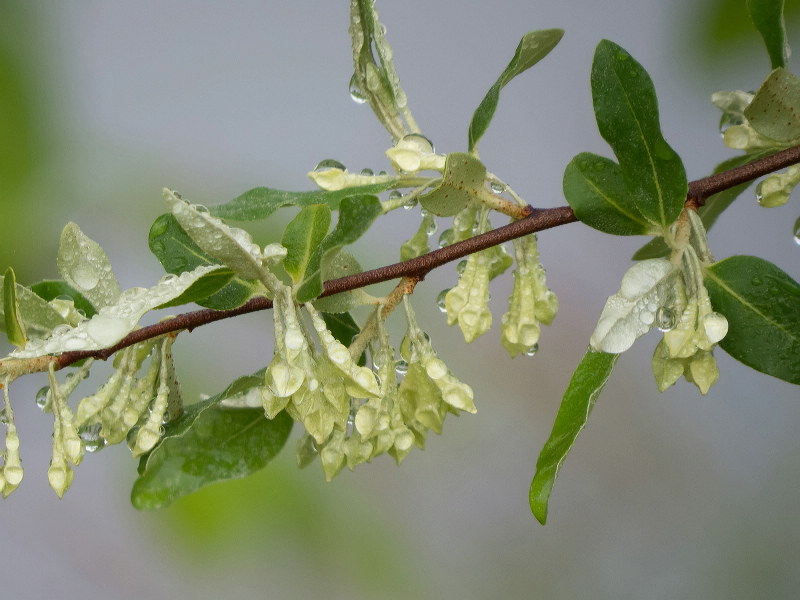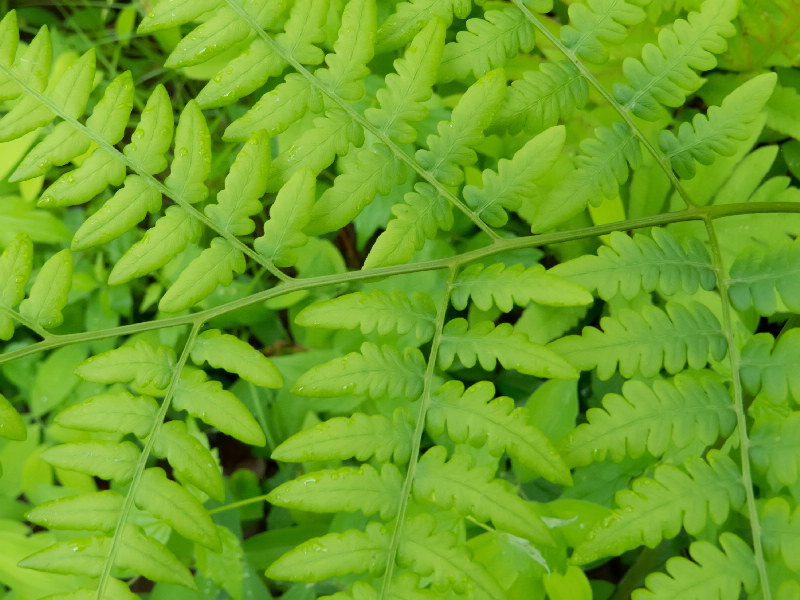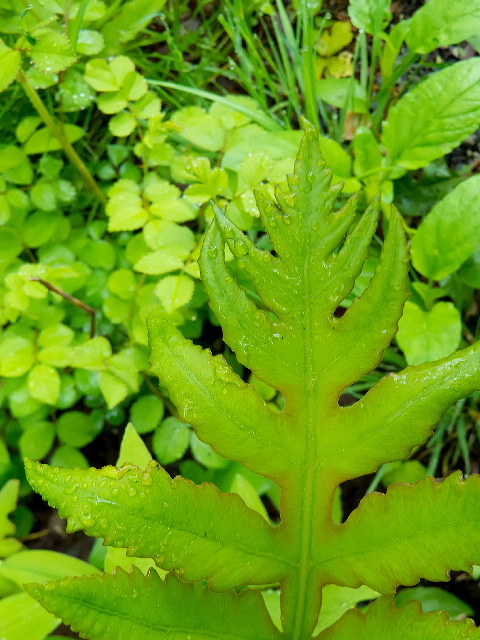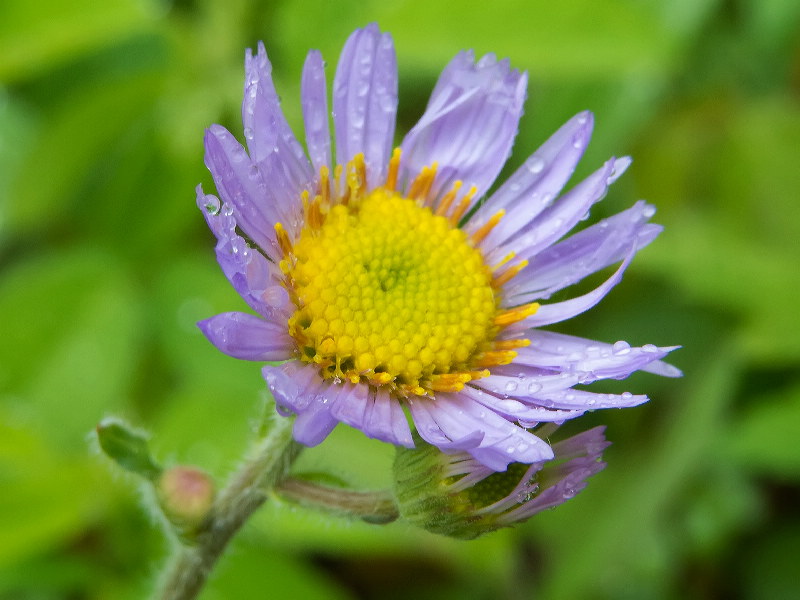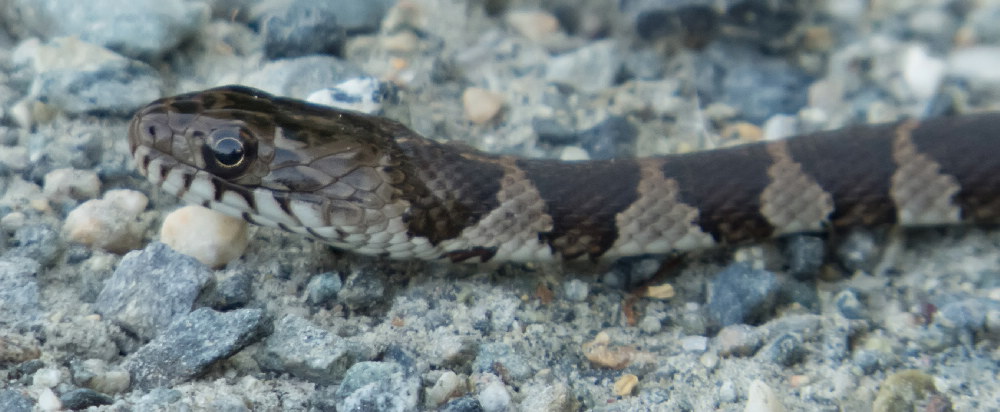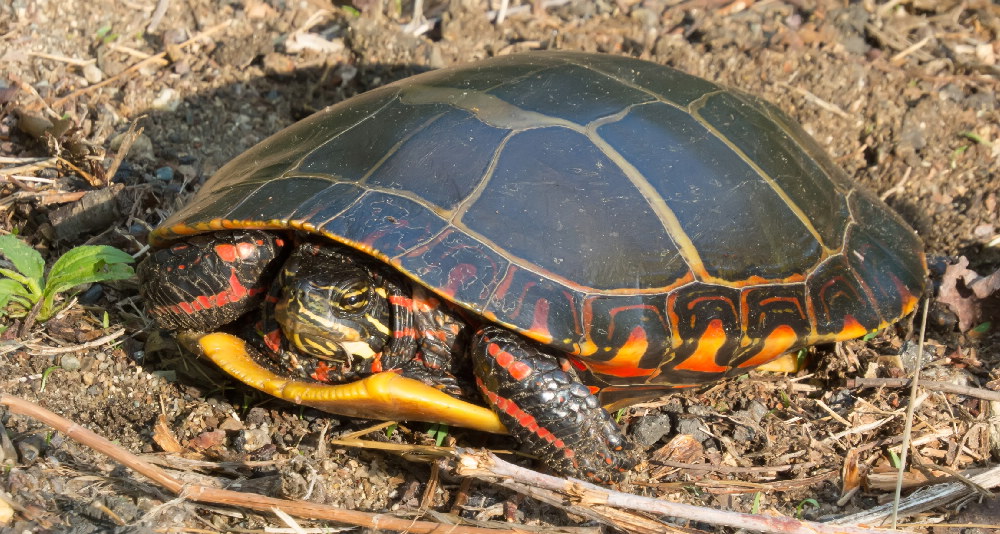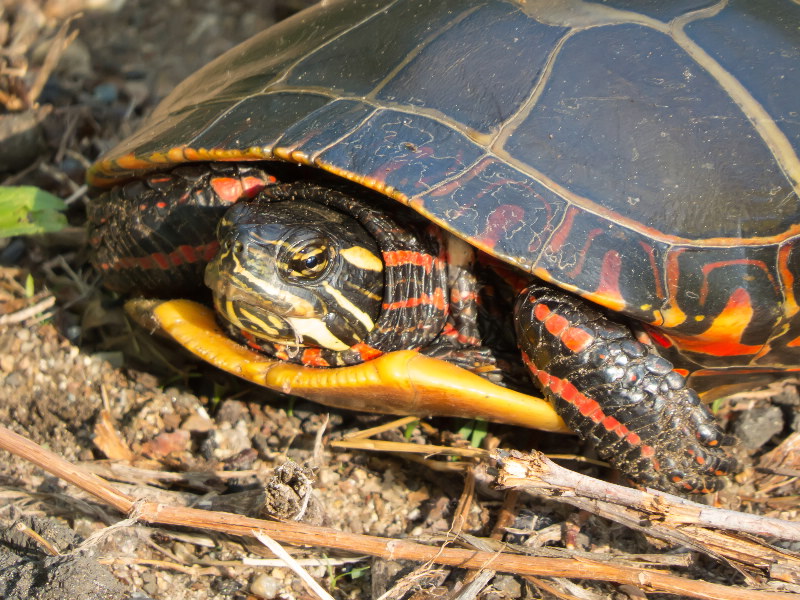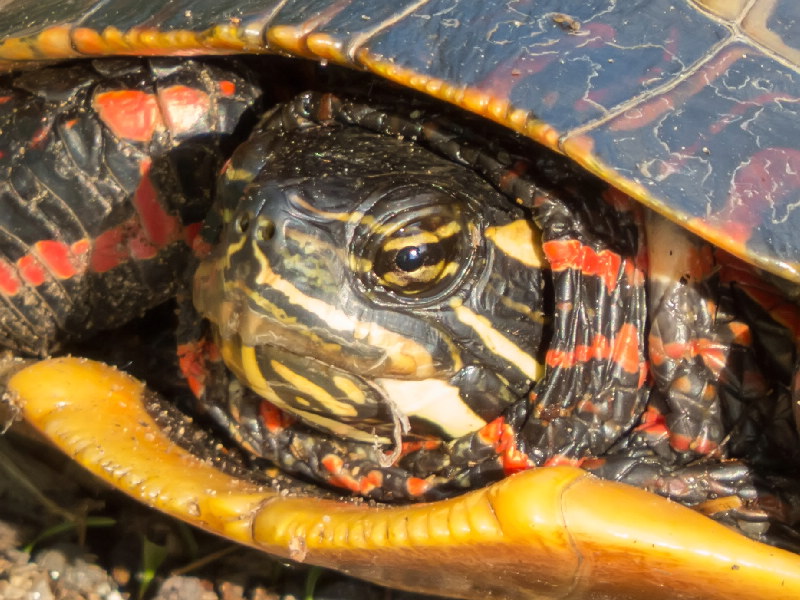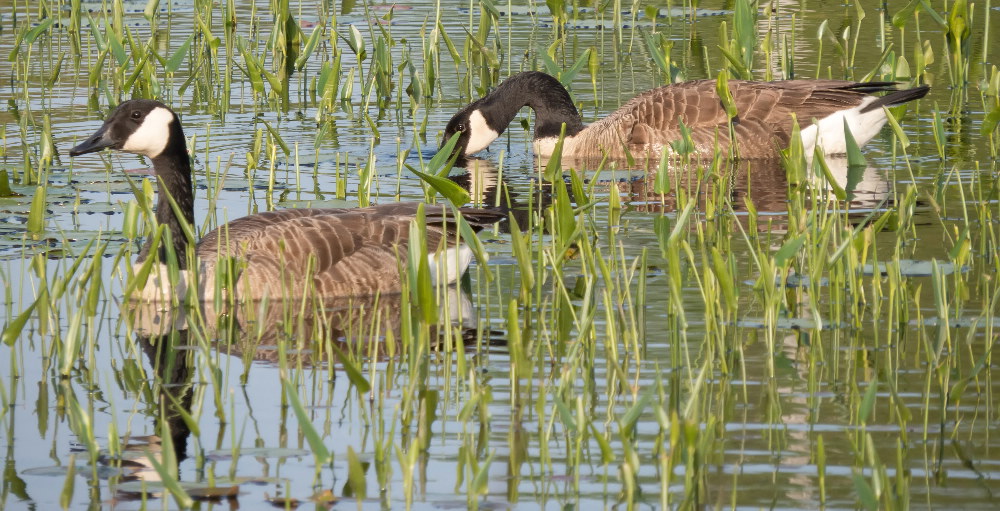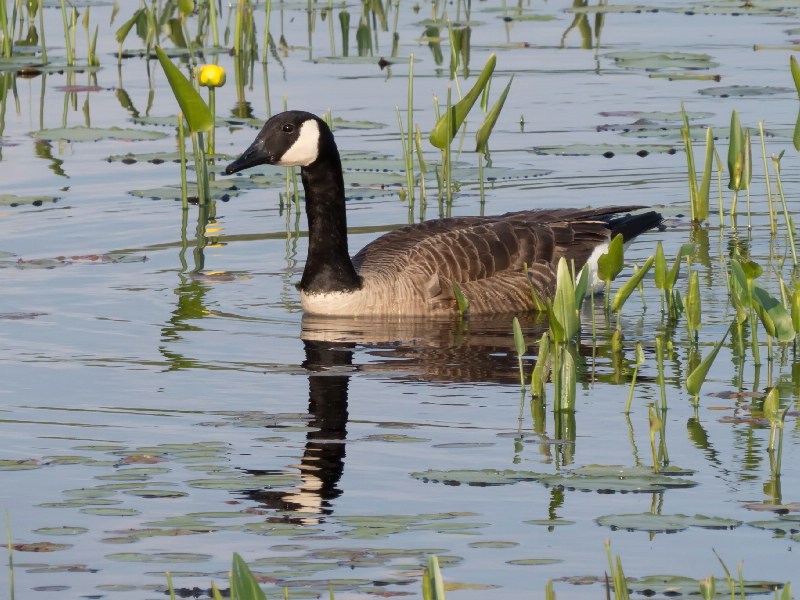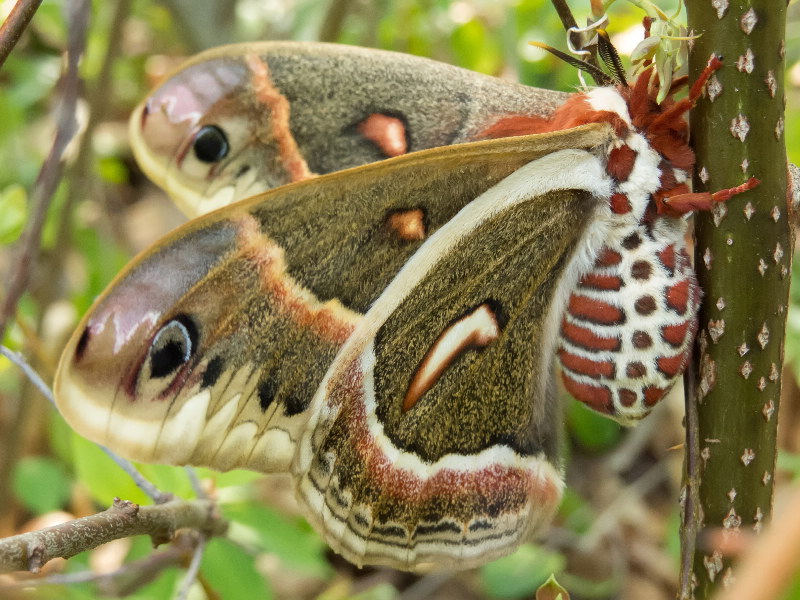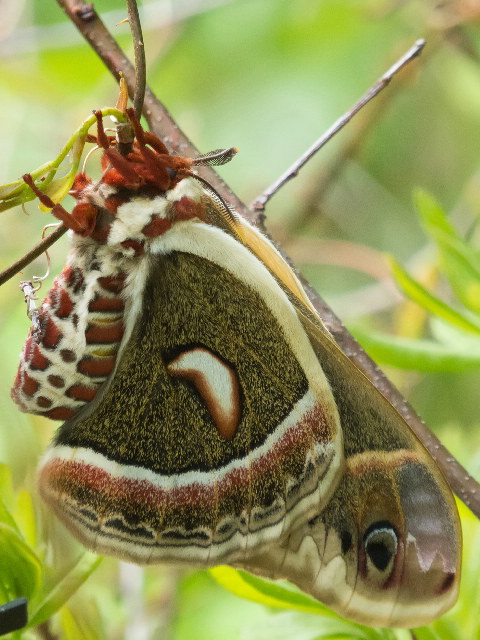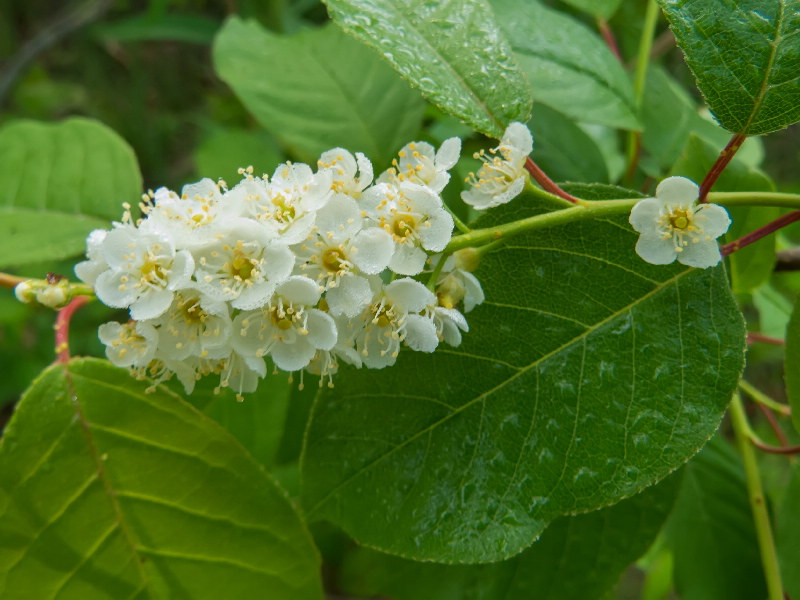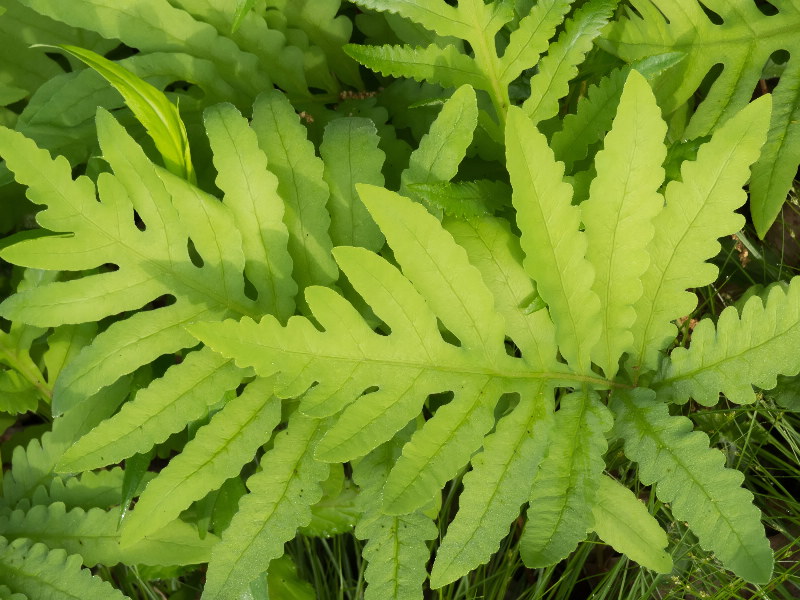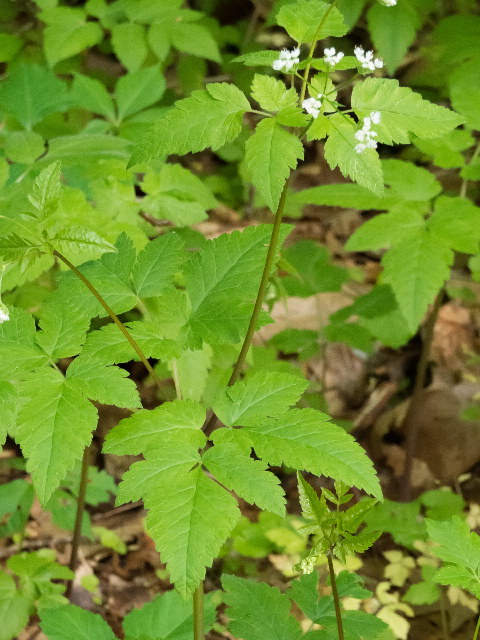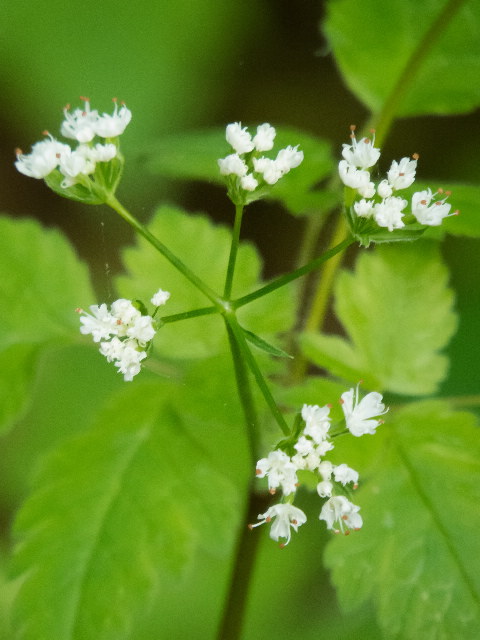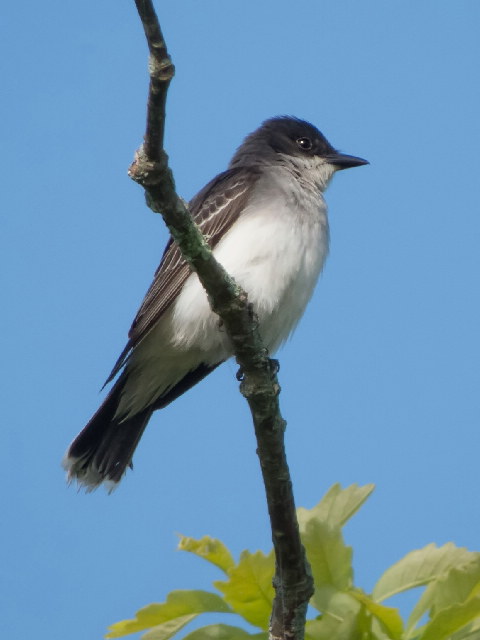Along the Air Line... 2013 - Spring, Part 9 The Air Line Trail in Eastern Connecticut - Stan Malcolm Photos |
mHome Page Stan's FlickR Albums |
May 19th. A Great Blue Heron (Ardea herodius) on the marsh. |
Something got its attention. |
False alarm; no attack. |
The bench is a prime location to comfortably observe the Kingbird nest in the scraggly oak nearby. |
The Kingbirds are still trying to complete the nest, despite recent setbacks. (See the previous page.) |
This Red-winged Blackbird perched above the occupied Kingbird nest, then swooped down on it. |
The Kingbird drove it away, but the nest seems far too exposed to ever succeed, given the number and variety of other birds attracted to it for their own nefarious purposes. |
Fifteen Lady's-slipper Orchids in this photo. (Not shown is all the poison ivy around them.) |
May 20th. Morning on the marsh; cloudy after rain. Listen to the Green Frogs (Lithobates clamitans) go "plunk" and Bullfrogs (Rana catesbiana) "honnnk". |
I was able to locate one of the Bullfrogs and record it. |
|
Reflections. |
|
|
Mallard male (Anas platyrhynchos) and reflections. |
|
|
|
|
|
|
Emergent plants are... emerging. Common Reed Grass (Phragmites australis) is invasive and threatens to take over the marsh. |
Pickerelweed (Pontederia cordata). |
Fragrant Water Lily (Nymphaea odorata). |
Another of our many invasive species, Russian Olive (Elaeagnus angustifolia). At least the scent is nice. |
Common Bracken fern (Pteridium aquilinum). |
Sensitive Fern (Onoclea sensibilis). |
Common Fleabane (Erigeron philadelphicus). |
Still May 21st; late afternoon and 85 degrees. Best guess is a young Eastern Racer (Coluber constrictor). Roughly a foot long. |
|
First Painted Tuirtle (Chrysemys picta) I've seen trying to lay eggs this year. |
|
|
Pink Lady's-slipper Orchids serve as "wallpaper" for the Eastern Gray Treefrog (Hyla versicolor) chorus in the trees around them. Listen! |
A pair of Canada Geese (Branta canadensis) are often seen on the marsh, but no goslings. Perhaps a first year nesting attempt that failed. |
|
A female Cecropia Moth (Hyalophora cecropia) has emerged from an experimental batch of cocoons I placed last fall. (Of 18 cocoons placed along the trail, six made it through the winter. Nine were attacked by birds, and three succumbed when beavers cut and dragged their host cherry saplings out into the marsh. Note that caterpillars of this moth had to survive attacks by birds and parasitic wasps and flies. One fly in particular, introduced many years ago to control gypsy moths, kills well over 90 percent of Cecropia Moth caterpillars before they even get to the cocoon stage. That same fly is implicated in the steep decline of several hundred species of native moths and butterflies.) |
May 21st. The Cecropia Moth made it through the night. With a lot of luck, it may survive to attract a mate and lay several hundred eggs in small batches on cherry trees and shrubs. Learn much more about Cecropia Moths here. |
This is the Cherry the caterpillars feed on. |
Sensitive Fern (Onoclea sensibilis). |
Honewort (Cryptotaenia canadensis). |
|
Lots of activity still at the Kingbird nest. When not on the nest, an adult is usually on guard nearby. |
